Anthony and Patricia White have joined the Gorongosa team. They manage Catapu, a 30,000 hectare (75,000-acre) sustainable forestry concession, which employs more than 100 local people. Catapu is now part of the Gorongosa family of companies. The Reserve, located 30km south of Caia, straddling National Highway 1, is known for its huge variety of trees, birdlife and smaller wildlife species.
“Instead of transporting tons of lumber by truck on Mozambican roads, Pat and Ant’s approach is to conserve,” explains Gorongosa Restoration Project President Greg Carr. ”The abandoned fallen wood is turned into beautiful tables, desks, chairs and other wooden artifacts and works of art.”
In addition to furniture and lumber, the Capatu operation exports small blocks of wood that hobbyists, mostly in the UK, turn into a variety of objects. Eight wood-turning retailers who purchase wood from the Reserve just completed a very successful “Tools for Mozambique” drive. All tools donated by their customers will be used by students learning the trade on the job. The result: donations of everything from power tools to socket sets, every type of woodworking and woodturning tool you can imagine, screws, nails, measuring equipment, and items some businesses couldn’t identify.
Observers are fascinated when they see how Ant and Pat work. One of the turn tables used by the group is made of an old Toyota gearbox. Wood chisels are made from the iron of former wildlife traps. A portable “slabber” (pictured below) is carried into the forest and used to increase the value of fallen trees and dead wood.
“We increase tree cover, not decrease,” explains Carr. “The Whites and their employees plant four trees for every fallen tree they process. Considering that every tree planted has a 50% chance of survival; we’re growing two trees for every one fallen tree harvested.”
Mozambique is an African country with significant natural forest cover. Native forests and woodlands used to cover 43% of land-mass and forests are critical to the country’s social, environmental and economic well-being. Rapid deforestation, however, is threatening ecosystems and rural livelihoods.
“Pat and Ant White operate the best managed, sustainable forest in Mozambique,” said Carr. “There can be a lot of waste in forestry operations, but not the way these folks do it. I am proud of them.”
Another hidden gem nestled inside the Reserve is the M’phingwe Lodge, operated by the Whites and listed as one of Sasol’s 200 top birding sites in Southern Africa. The area has more than 280 different indigenous trees.
Situated 32km south of the Zambezi River on the main North/South highway (EN1), M’phingwe serves as a base for exploring the local birds, butterflies and flora. Short walks lead from the camp through the indigenous forest, which boasts more than 120 different bird species.
Contributors: the Gorongosa Restoration Project, Voetspore, the Lonely Planet and the World Bank
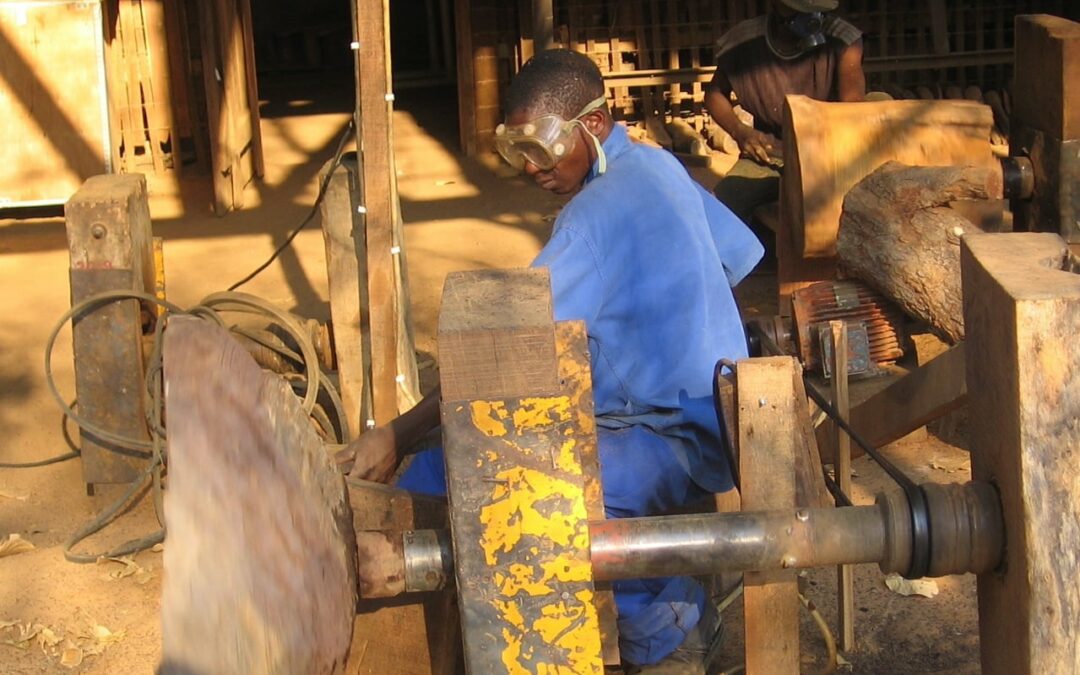

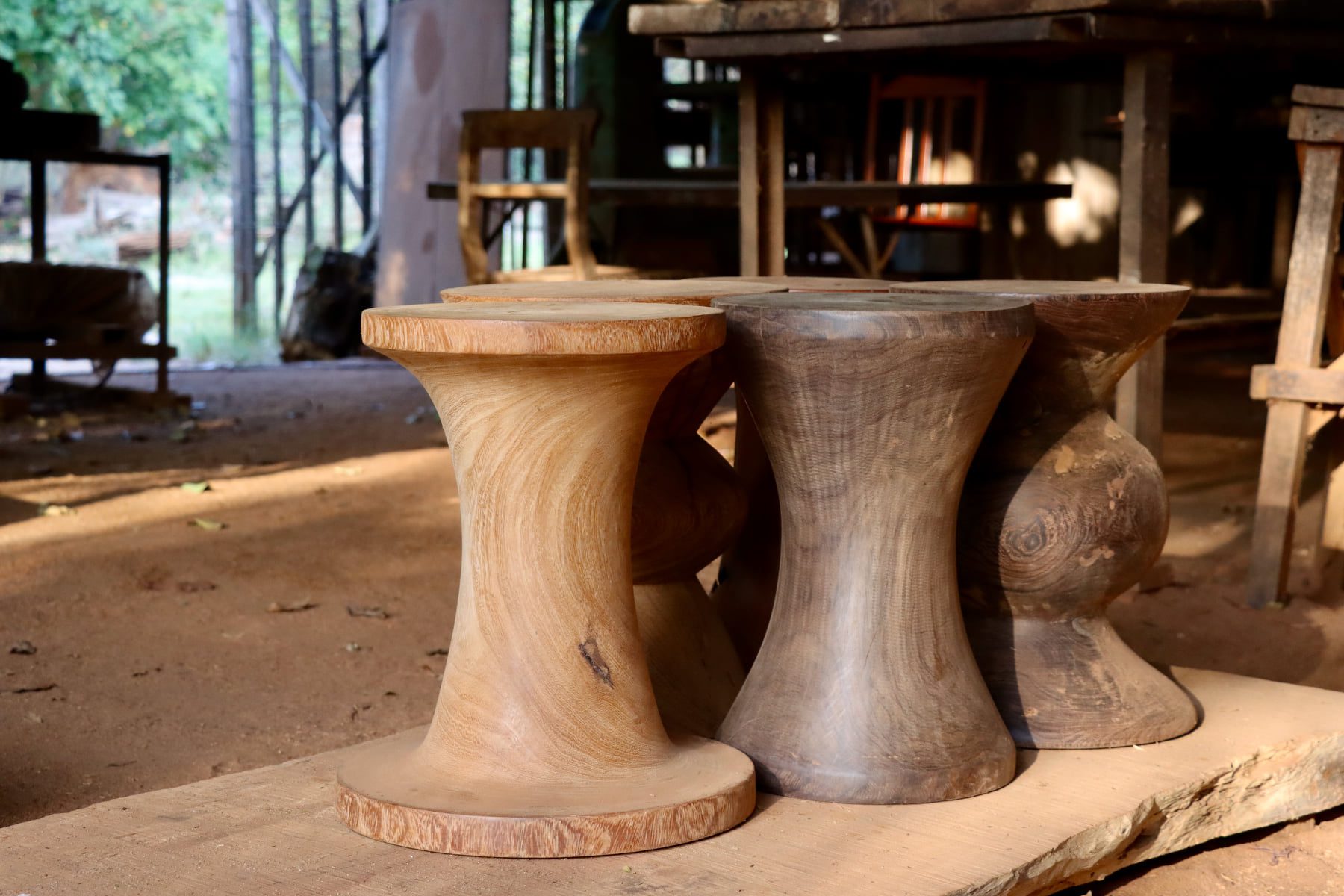

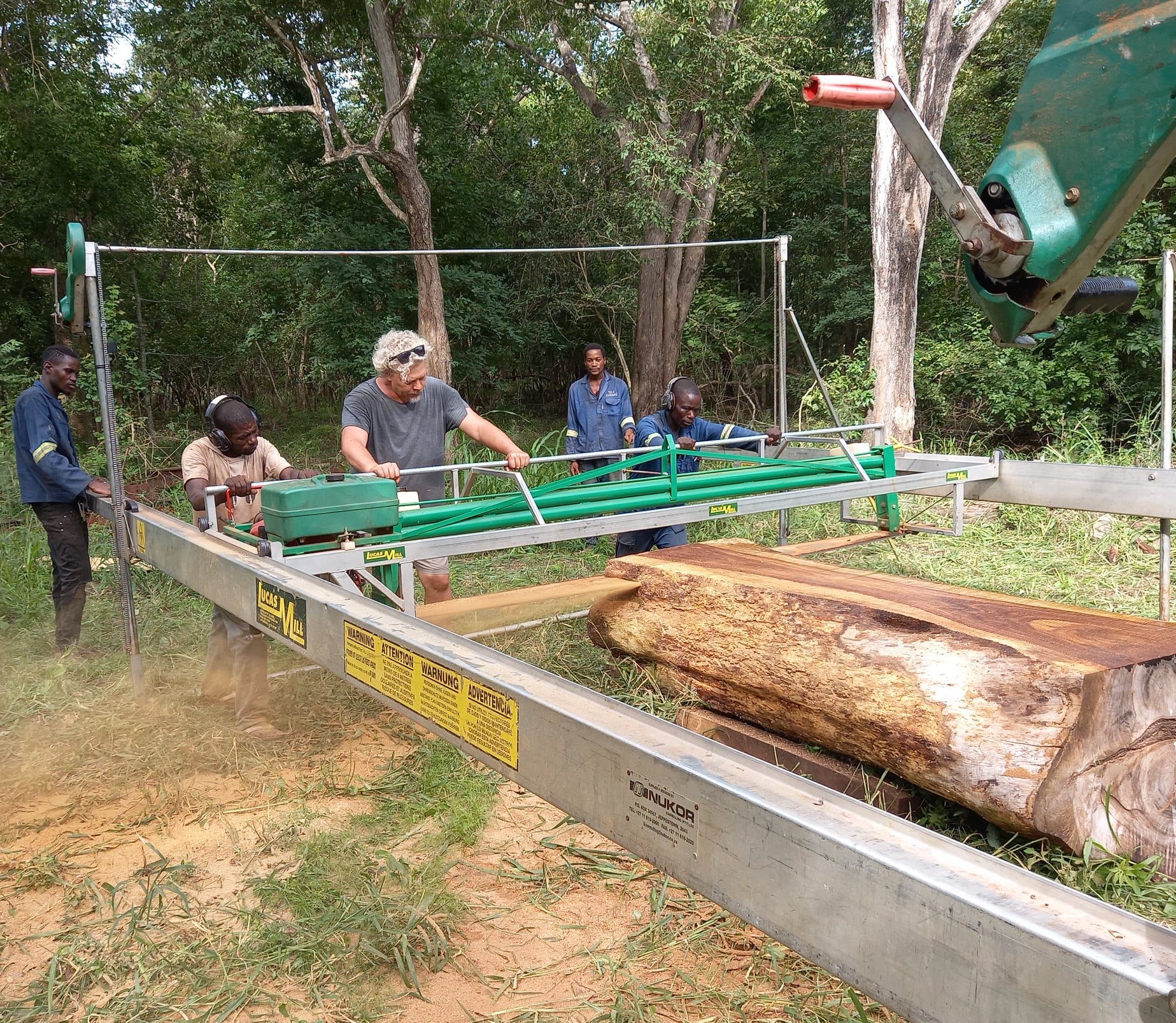
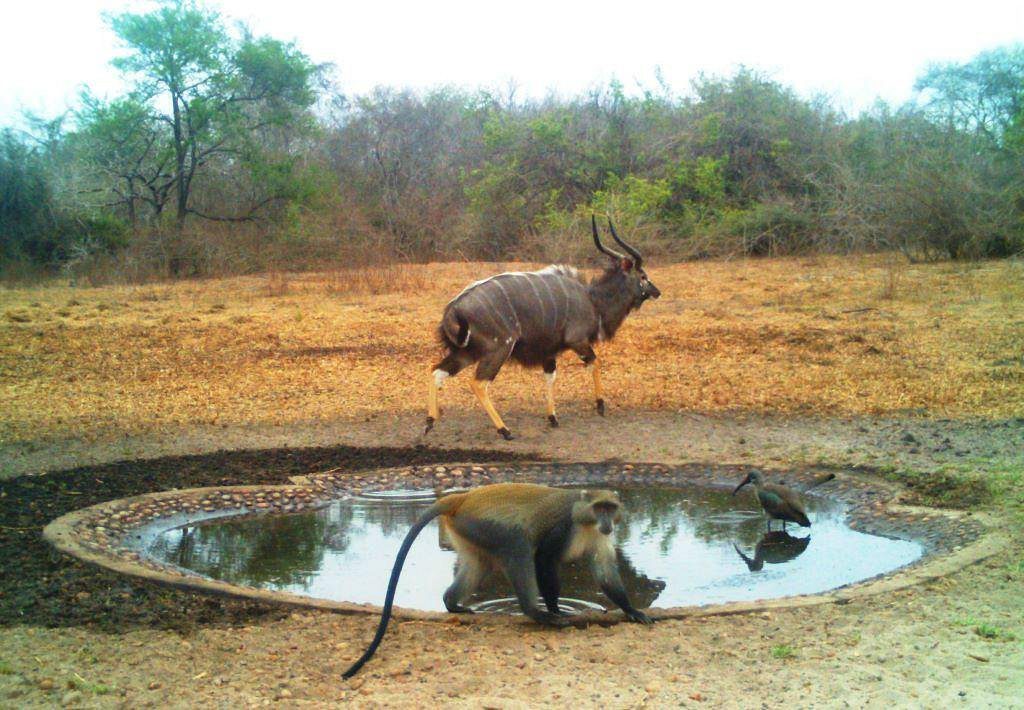
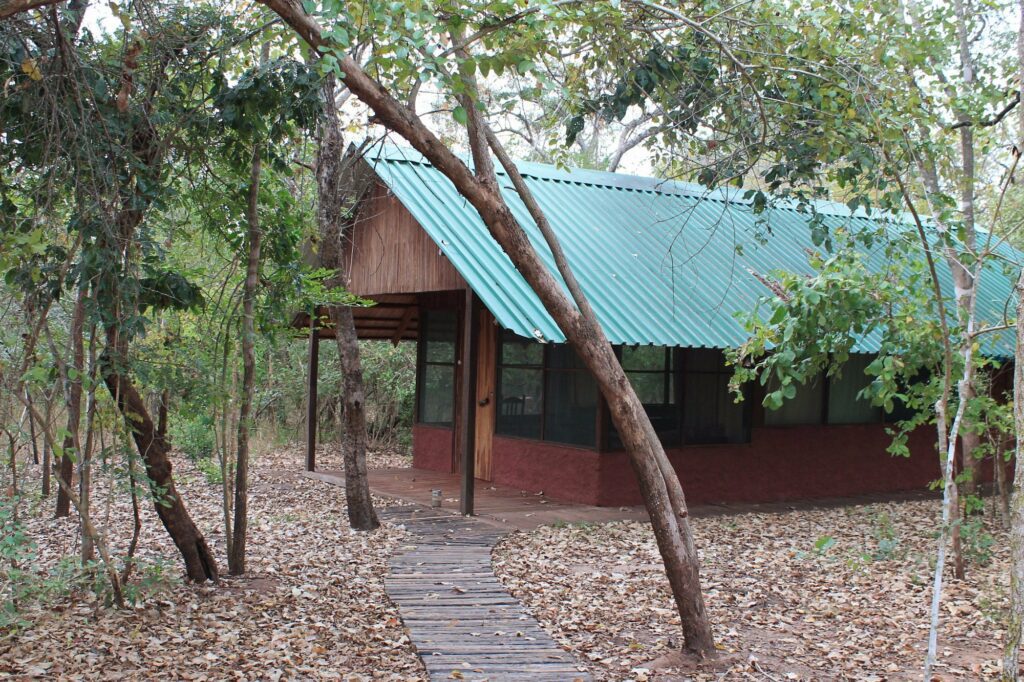

Can these wood products be purchased online in a way that supports Gorongosa?
Thank you for your comment, and especially your support. There are no products available for sale online just yet, but we’ll keep you posted!
Would love to purchase if online store becomes available.
Wonderful to hear that trees aare conserved and turned into art.Your projects always amaze and delight me